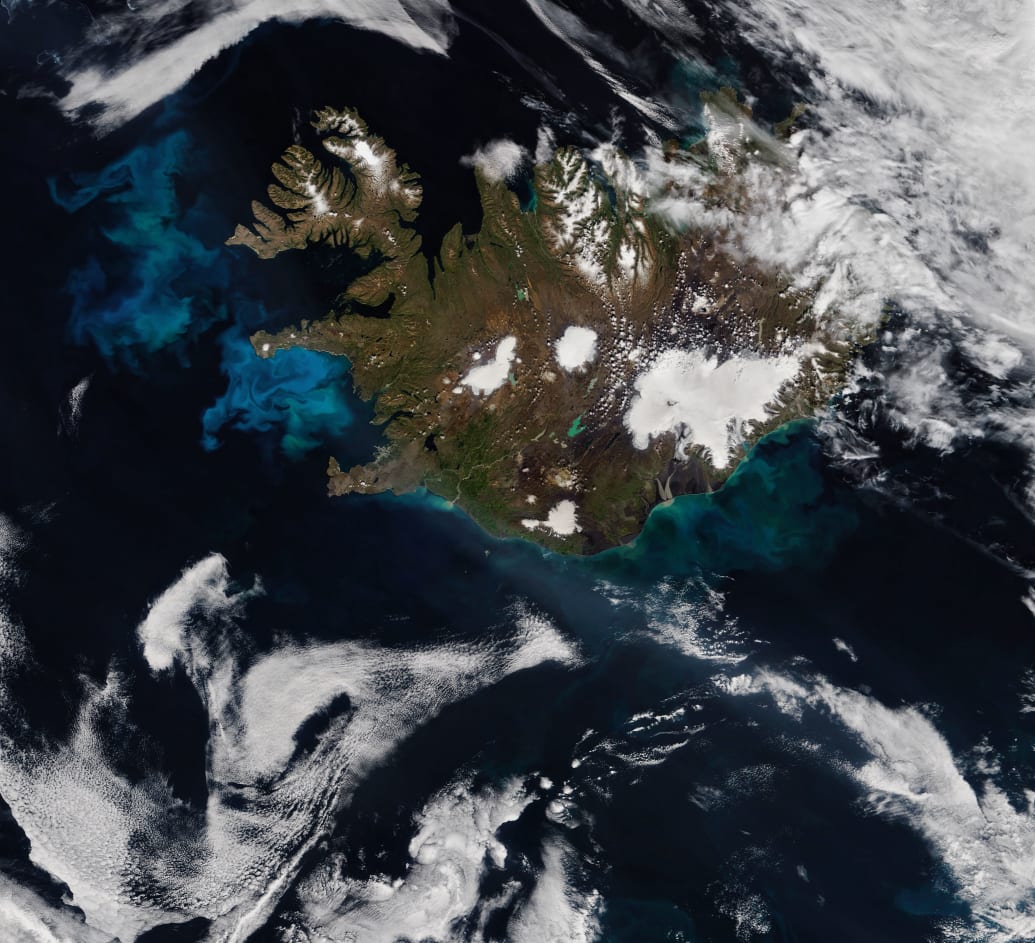Artificially Inducing Phytoplankton Blooms Could Lower Carbon Dioxide Levels and
The main conversation around climate change primarily focuses on one thing: how much carbon is in the air—and by extension, how to reduce it. However, what is less talked about but may become incredibly important is how much carbon is in our oceans. There is 50 times more carbon in the ocean than the atmosphere. Some climate researchers believe if we could just slightly increase the amount of carbon the ocean can absorb from the atmosphere, we could avoid some of the worst effects of climate change.
That might seem unusual when you first hear it, but think about it a bit longer. The ocean covers roughly 70 percent of the Earth’s surface, and it absorbs carbon dioxide naturally—effectively dissolving it. Phytoplankton in the ocean use this carbon dioxide and sunlight to run photosynthesis just like land-based plants. Oxygen is produced by this process—phytoplankton are actually responsible for about 50 percent of the oxygen in our atmosphere.
Some climate researchers have proposed that if we could just increase the amount of phytoplankton in the ocean, we could pull more carbon out of the atmosphere. A well-known way to produce a phytoplankton bloom is to introduce iron, an important nutrient for the plankton community, to the water. Many parts of the ocean are low in iron, so even a relatively small addition of iron could theoretically produce a lot of phytoplankton and thereby remove a lot of carbon dioxide from the atmosphere.
“Give me half a tanker of iron, and I’ll give you an ice age,” John Martin, an oceanographer at Moss Landing Marine Laboratories, wrote in 1988. Back then, most people were only just starting to become familiar with the idea of climate change as we now know it. But that’s also around the time people started to think about how iron fertilization could affect phytoplankton growth and, in turn, change atmospheric carbon levels.
Although climate scientists have spent quite a bit time discussing this strategy among themselves, there has not been a concerted effort to explore it further and take it seriously. Ken Buesseler, a marine radiochemist at the Woods Hole Oceanographic Institution, is a scientist who has done some research into iron fertilization in the ocean. He and his team looked at whether introducing iron could “alter the flux of carbon to the deep ocean” and found there was a significant carbon-sequestering effect.
Buesseler told The Daily Beast that his research was done nearly 20 years ago, and there hasn’t been a whole lot since.
“What happened 20 years ago is we started going around and we would spread out a chemical form of iron and look for that phytoplankton—the plant response—and indeed it really showed very clearly that if you enhance the iron then you could create more uptake of carbon dioxide,” Buesseler said. “The difference between now and 20 years ago is that I think the climate crisis is so much more apparent to the public.”

A phytoplankton bloom off the coast of Iceland, as observed from space.
NASA
Using the oceans to combat climate change has become a much-discussed topic among climate scientists in recent years, and Buesseler was part of a group of scientists…
Read More: Artificially Inducing Phytoplankton Blooms Could Lower Carbon Dioxide Levels and
